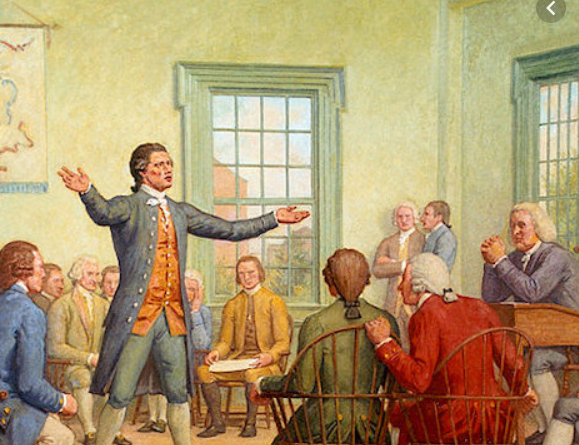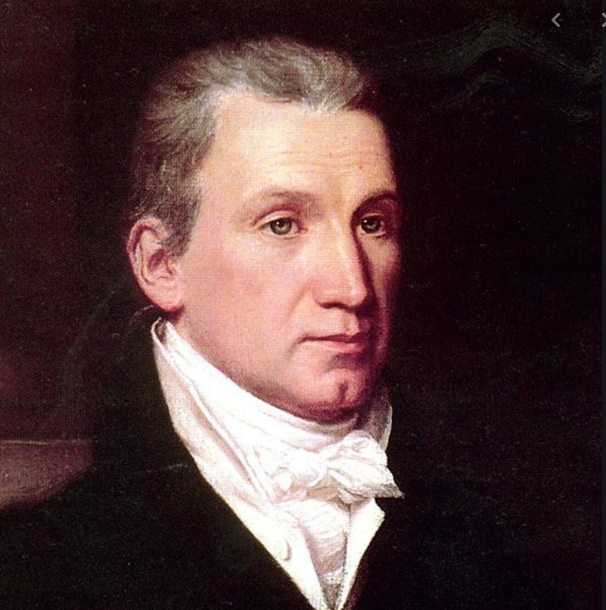Revolutionary Artist - Francis Hopkinson Designs The American Flag
Francis Hopkinson was much more than just a signer of the Declaration of Independence.
Hopkinson was a leader in the Continental Congress in both naval and financial matters.
More importantly, Hopkinson was an artist. He completed many works across a wide range of artistic avenues.
One of these currently flies over millions of American homes, businesses and parks.
Francis Hopkinson
When the American Revolution began, Francis Hopkinson was a member of the New Jersey Royal Council.
Siding with his countrymen, Hopkinson resigned his position and was quickly elected to the Continental Congress.
Three weeks later he voted for separation from the Mother Country and soon thereafter signed the Declaration of Independence.
Navy and Loans
Hopkinson’s most immediate contribution to the Revolutionary War were the two years he spent on the Navy Board. Here, he assisted in creating the fledgling American Navy as well as working with the French when they arrived.
Francis spent the second half of the war working as Treasurer of Loans in the Continental Congress. This office was crucial to establish the Continental as a legitimate currency (though it failed in the end).
After the Victory at Yorktown, Hopkinson spent a decade as a Judge of the Admiralty Court of Pennsylvania.
Revolutionary Artist
In his day, Hopkinson was better known as an artist than a politician.
Francis had written several books of poetry, essays and stories that had garnered some fame throughout the colonies.
Furthermore, his My Days Have Been So Wondrous Free is often credited as being the first secular song written in North America and Temple of Minerva might be the nation’s first opera.
The American Flag
Francis Hopkinson’s most important contribution to the United States of America is still flown across the country today.
Hopkinson designed the American Flag.
Although usually attributed to Betsy Ross, the standards of the American Flag were created by Francis while on the Navy Board. He decided to put red stripes on the top and bottom because it was believed that would be easier to make out flying over a ship from a distance.
The Great Seal
Hopkinson designed many more notable items for the American Founding but, after the flag, the highest achievement was that of the Great Seal of the United States.
For all his hard work, Francis decided he should be paid.
He invoiced the Continental Congress for several things, including a quarter cask of wine.
After several months of debate, it was finally decided to deny Hopkinson his bounty. Since he was being paid as a Delegate of the Continental Congress, it was accepted that any work he did was already being rewarded.
If you’d like to learn about another North Carolinian who signed the Constitution, check out this article:
Richard Dobbs Spaight Overcomes Defeat
Francis Hopkinson ranks right up there with Benjamin Franklin when it comes to sense of humor.
‘Comical Spirit of Seventy-Six’ discusses this aspect of Hopkinson’s life and his place among the Founders.
If you’d like a copy you can get one through the Amazon affiliate link below (you’ll support this site, but don’t worry, Amazon pays me while your price stays the same).






